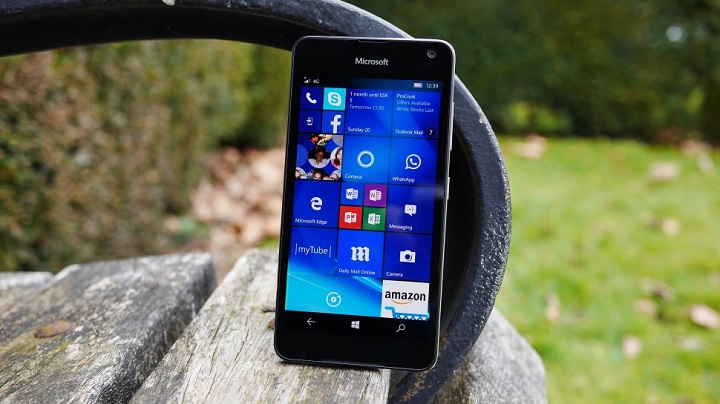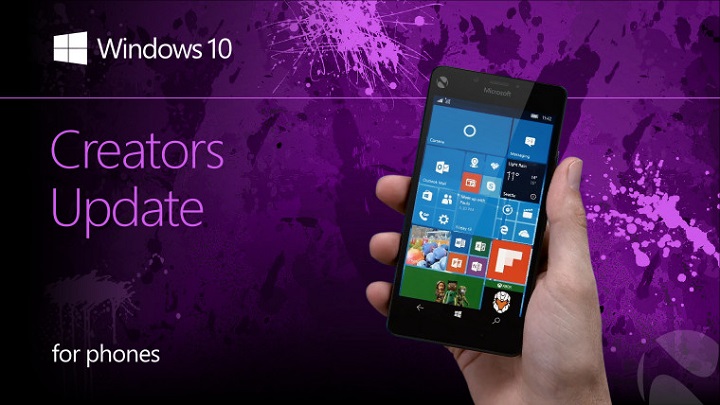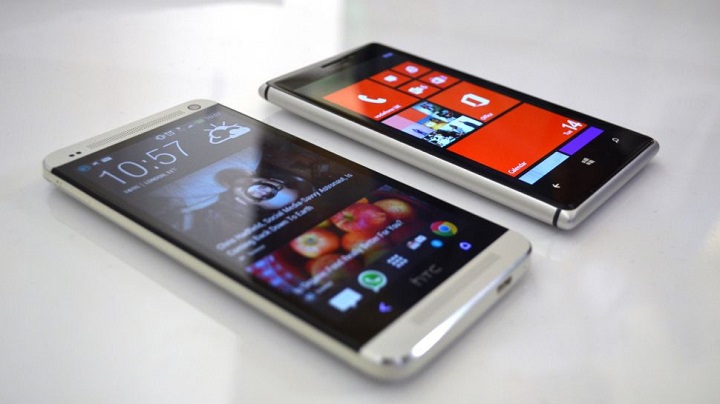Microsoft Planning to Restart Mobile Ventures with New Phone and Software
Microsoft seems to have been neglecting their mobile department recently. Last April they rolled out a limited Windows 10 update for 13 devices. This, combined with their fallen sales on the same month, can lead anyone into thinking that they might pull the plug on their mobile department. And can you blame them, a top ten list of mobile phones for last year doesn’t even have one Windows phone. Not saying that it sucks or anything but its pretty much not as popular as Android or Apple phones.
New Phone and New OS
But it seems this isn’t the end of the road for Microsoft’s mobile plans as Brad Sams has reported that Microsoft is testing out a new device. He also reported that there is a separate branch of Windows Mobile for the new device. The report goes on to say that Microsoft is aiming to have “new experiences” with the device and that the UI is expected to be quite different from what the Windows Mobile have right now, thought said changes are still evolving.
The report also says that Microsoft may abandon Silverlight in the updated OS, though this is still unconfirmed. He admits in his post that everything is still too early for confirmation and that changes may happen with the coming months.
One OS to Run Them All
Andy Weir suggest this might be tied to Microsoft’s efforts to use a universal shell for all devices that’s compatible with Windows 10 and this includes personal computers, mobile phones and Microsoft’s game console, Xbox. Known as “Composable Shell” or “CSHELL”, it is an ‘adaptive shell’ that can scale the Windows 10 OS so that it can adapt to the type of device on which it is installed. This would ensure that there is one version of Windows 10 OS for all devices.
Mary Jo Foley reported years ago that Microsoft’s “One Windows” meant there will be a single team developing the OS, that there’s a single core, a unified Store for all platforms, and a unified developer’s platform. Having now one OS seems to be the next logical step to make it easier to develop, support and sell software and updates for different devices and platforms, if one familiar with the industry thinks about it. Zac Bowden from Windows Central reports earlier this year that this is definitely the case.
Weir also reports to have seen CSHELL builds already running on Windows phones. They look a lot like Windows 10 Mobile but he said there’s a noticeable difference. Then there’s the report of Microsoft working with Qualcomm to bring the Windows 10 OS to devices running their Snapdragon chips.
Compatibility is the Key
The major advantage of this move is that developers won’t have to trouble themselves to create several versions of Windows 10 OS for every devices. This also goes with updates and future features that will be released. Games could be played on both PC and Xbox by just developing for one platform, making games more profitable. It might even allow phones to remote connect to your PC and be able to access the same files and applications.
However this concept also has its disadvantage. With public knowing about zero-day exploits and hacking tools and having things easily accessible today developing a virus that can infect and damage Windows 10 OS isn’t just a daydream. If Windows 10 was discovered to have a vulnerability in the future then any device that runs Windows 10 is vulnerable to an attack that exploits that weakness. Its such a scary idea to wake up one morning just to find your PC and smartphone both infected with the same virus or malware like a future version WannaCry.


